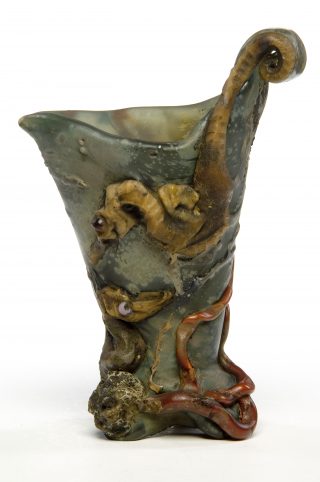
Vase “Hippocampes”, Former Collection of Joseph Reinach, 1901,
Paris, musée des Arts décoratifs © Les Arts Décoratifs / Christophe Dellière
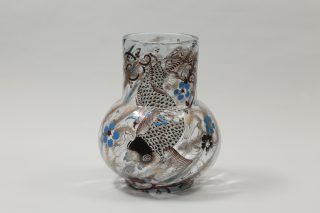
Vase with Carp Design, 1878, Daiichi Museum
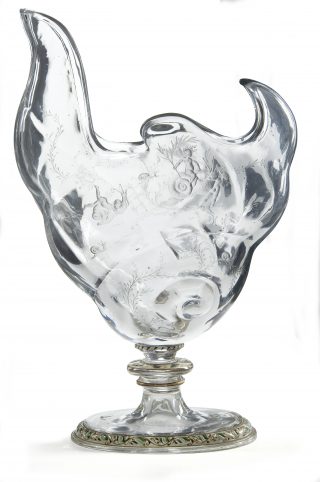
Vase “Escargot des vignes”, 1884, Museé des Arts Décoratifs, Paris
Paris, musée des Arts décoratifs Les Arts Décoratifs
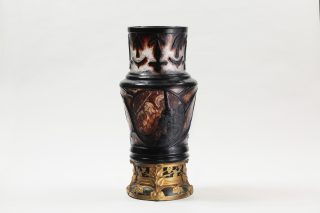
Vase with Jaanne d'Arc, 1889, Daiichi Museum
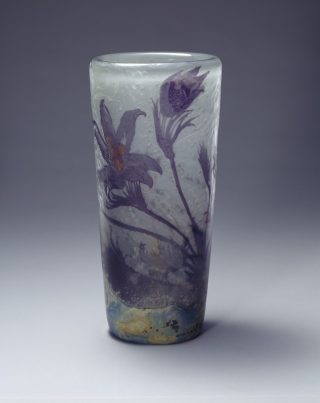
Vase with Anemone Design, 1897-1904, Woodone Museum of Art
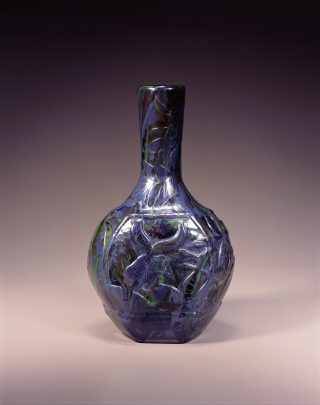
Vase with Orchid Design, 1900, Pola Museum of Art Pola Museum of Art, Pola Art Foundation
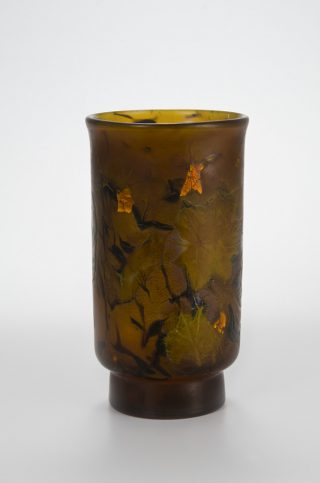
Vase “Automne”, Former Collection of Roger Marx, 1900
Paris, musée des Arts décoratifs Les Arts Décoratifs / Laurent-Sully Jaulmes
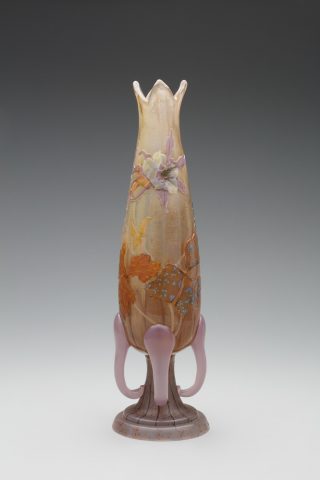
Vase in Shape of Columbine, 1898-1900, Suntory Museum of Art(Kikuchi collection)
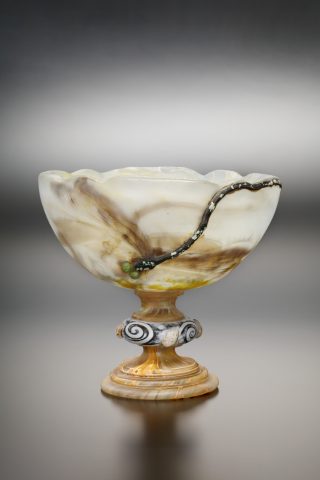
Footed Cup with Dragonfly Design, 1903-04, Suntory Museum of Art
Commemorating the 120th Anniversary of His Death, Émile Gallé: Longing for Paris
Saturday, November 2, 2024 – Sunday, January 26, 2025
Opening Hours: Sun.-Thu.9:30-18:00 (admission until 17:30)
Fri.-Sat. 9:30-20:00 (admission until 19:30)
Closed: First and Third Wednesdays, December 29-January 1, January 8
Venue: Toyama Glass Art Museum Floors 2-3, Exhibition Rooms 1-3
Outline
Émile Gallé (1846-1904) was heir to his father’s business in Nancy, an ancient city in Lorraine in eastern France. That business manufactured and sold luxury glass and ceramics. Building on that background, Emile Gallé achieved success and a brilliant reputation by developing a unique world embodied in glass, ceramics, and furniture. Late in life, in 1901, he brought together a group of thirty-six local artists to found the Ecole de Nancy, an alliance of professionals engaged in the industrial arts, of which he became the first chairman.
Gallé was a local celebrity, but the Gallé brand was known worldwide. His path to international success brought him to Paris, the capital, a city overflowing with the arts in which many wealthy customers were concentrated. While his company’s products continued to be produced in Nancy, as they were in his father’s generation, they were displayed in a showroom in Paris with consignment sales to the wealthy handled by a sales agent. Gallé himself frequently spent time in Paris, visiting the stores with which he did business. In 1878, 1889, and 1900, he presented new works at the Paris World Exposition (Paris Expo), an important international stage on which to introduce his products. From 1889 on, his ties to high society deepened and his reputation spread. As, however, his letters to friends reveal, he felt extreme, “almost unthinkable” pressure from the social dilemmas created by these ties. Just four years after the 1900 Paris Expo, Gallé died, succumbing to leukemia.
In this exhibition, we trace the development of Gallé’s creativity, focusing on his relationship with the much-admired Paris on which his reputation was built. A brilliant reputation, plus suffering, then further development…. we ask ourselves if Gallé’s success could have been achieved anywhere else but on the stage provided by Paris, the world capital of art in his time. We welcome you to join us in this quest.
Organized by Toyama Glass Art Museum
Supported by AMBASSADE DE FRANCE AU JAPON / INSTITUT FRANÇAIS DU JAPON,
THE KITANIPPON SHIMBUN, THE TOYAMA SHIMBUN, Japan Broadcasting Corporation Toyama Station, Kitanihon Broadcasting Co., Ltd., TOYAMA TELEVISION BROADCASTING CO., LTD., TULIP-TV INC.
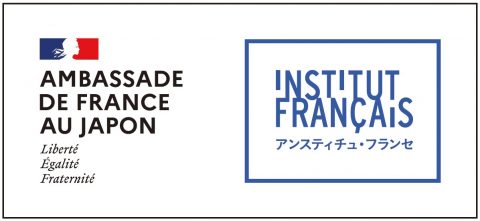
Admission
General Public:1200 yen (1000 yen)/University and College Students 1000 yen (800 yen)
*High school students and younger: free
*( ) for group of 20 or more.
*The ticket also gives admission to the Permanent Exhibition (on the 6th floor and the 4th floor).
Contact
Toyama Glass Art Museum
bijutsukan-01@city.toyama.lg.jp





